Mount Etna 1991-1993 - Volcanic Eruption Case Study
A case study for Geography students, who are studying Volcanoes.
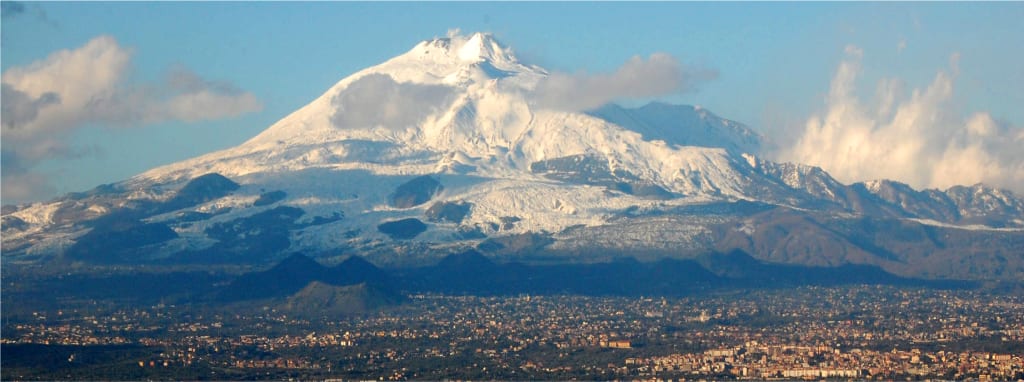
This is a good basis to use as a Case Study if you're just starting out with Volcanoes. This was one we created at the start of my A-Level Geography course. It is in no way intended for someone who is second year A-Level, etc, as it is only an introduction to some terms and is meant to give ideas on how to potentially structure a Case Study.
There are three main types of Volcanoes:
- Stratovolcano - also known as composite volcano
- Cinder Cone Volcano
- Shield Volcano
A good place to start, in regards to Mount Etna, is here, with this article from the BBC:
Mount Etna is the tallest active volcano on the European continent. The staggering dimensions are as follows:
- 10, 922ft tall.
- It covers an area of 1,190km²
- It has a Basal circumference of 140km.
Mount Etna is located in Sicily, Italy. It is situated near the local town of Catania. IT is the largest active volcano in Europe, and is the result of the collision of the African and Eurasian continental plates. The cause of eruptions is linked to rifting, which is usually associated with constructive plate margins.
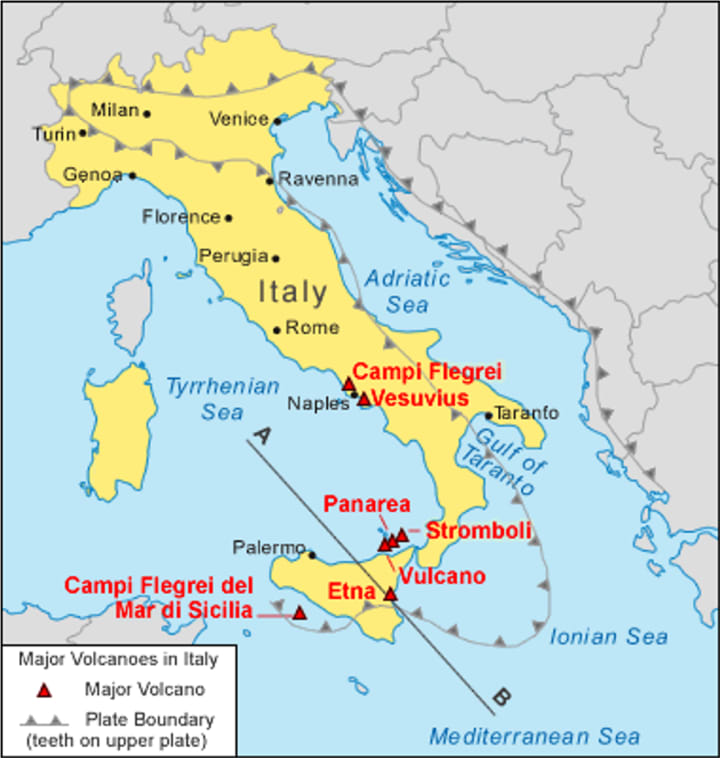
Mount Etna is considered to be the Russian Doll of Volcanoes, whereby small calderas which are constructed over an old shield volcano. The key feature is the Valle Del Bove, which is a 5-10 km horseshoe-shaped caldera. This feature was created when the volcano experienced a collapse during an eruption which led to an enormous landslide.
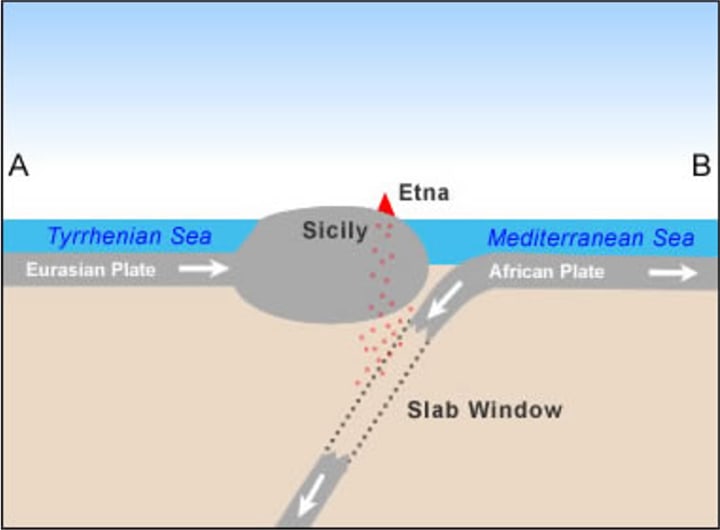

Etna’s eruptions have been documented since 1500BC. Its most powerful eruption was in 1669, where lava that flowed from the fissure, reached ten miles away.
The type of eruption from Etna, is what is known as Effusive, and occasionally, Mild Strombolian. Effusive volcanoes have a steady flow of lava when they erupt, which flows to the ground. A Strombolian volcano eruption is only very mild blasts of lava – very different to how we imagine a volcano erupting, due to movies, etc.
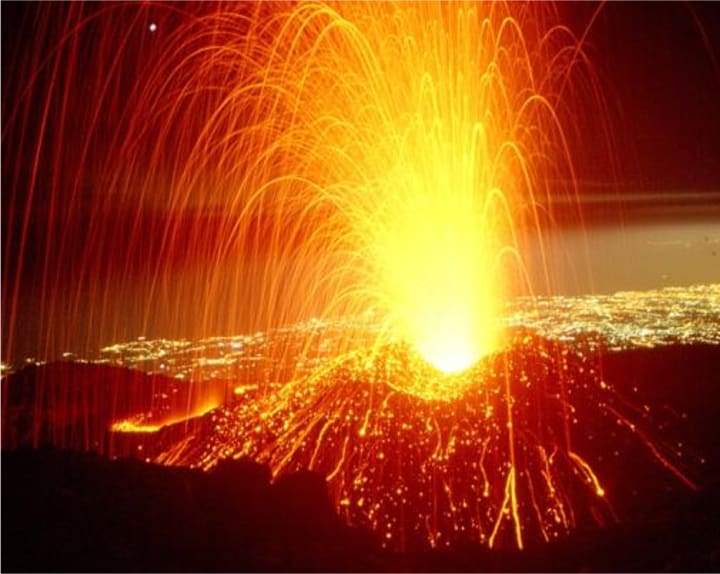
Etna has explosive eruptions. Some with minor lava emissions, which take place from either of the three summit craters. One eruption, in 1991, lasted for 473 days – the biggest volume of lava eruption from Etna in over 300 years (at the time). The lava flowed down the south-east flank of the volcano, into the Valle del Bove. However, the eruption posted very little threat to human life.
Impacts of the Volcano Eruption –
Social: There were no deaths. Thankfully, the lava ceased to ruin any human habitat. However, the lava did destroy the springs, which provided the water supply to the town of Zafferana, which had a population of around 8000 people at the time. People blamed the government for not acting fast enough.
Environmental: Vineyards and Chestnut Orchards were destroyed. Vast amounts of farmland were also destroyed.
Economic: The total cost of the management and responses, ran into millions of Lira (the currency at the time). That is not even including the pay-out of insurances, etc.
Responses to the Volcano Eruption –
Immediate and short term: During 1992, the Italian authorities built an Earth Barrier, which was over 400 meters long and 20 meters high. This was to stop the lava reaching Zafferana. However, this wall only contained the lava for about a month, before it overflowed.
‘Operation Volcano Buster’ was created. The US Marines used explosives to blast a hole in the lava tube, then used Helicopters to lower concrete blocks into the main lava flow, to slow it down.
A diversion channel was also dug, to divert the flow of lava away from the town.
Long term: The Institute of Volcanology, have continued to improve methods of monitoring seismic activity since 1992; measuring Radon Gas to detect lava movements. They also used GPS to examine changes in the volcano, to ensure they can estimate when lava is due to be forced from the volcano.
About the Creator
Rebecca Smith
She/Her
Just be f*cking nice 🙌

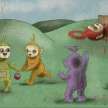




Comments
Rebecca Smith is not accepting comments at the moment
Want to show your support? Send them a one-off tip.